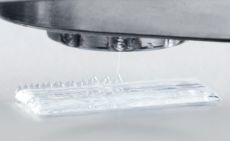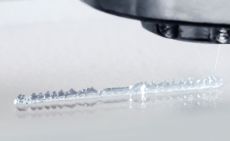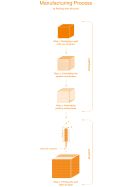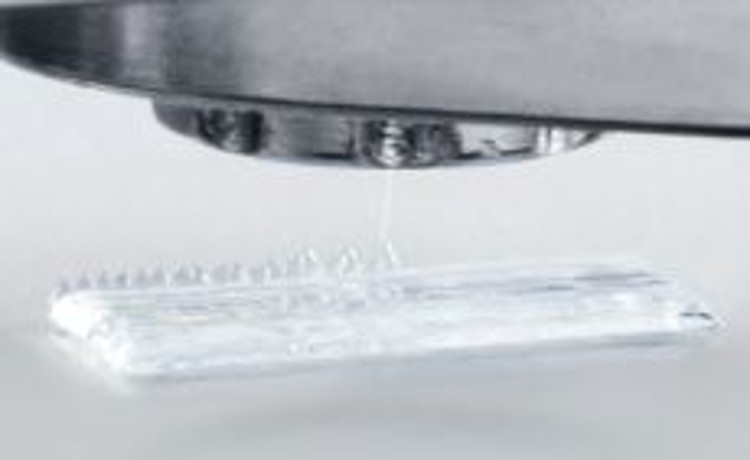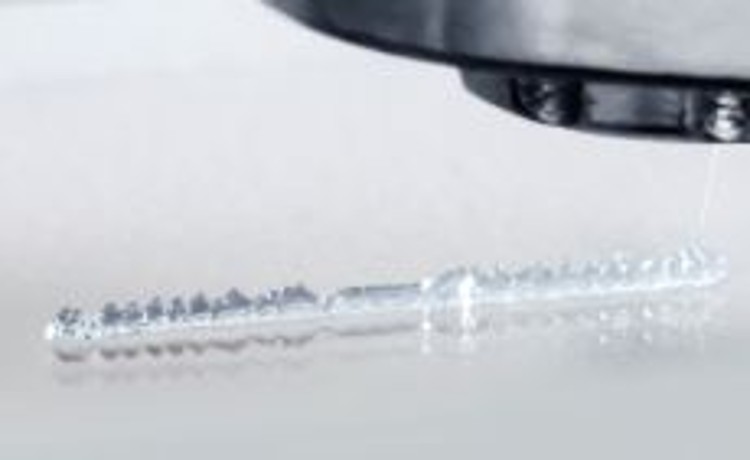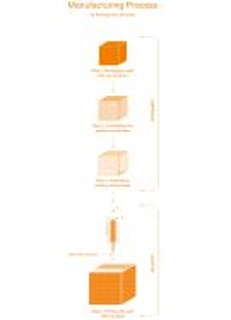Press Photos
Please note our terms of use governing the use of press images. By downloading images from our media database, you agree to these terms of use:
Press images may only be used for press purposes (print, electronic media, online) and may not be edited. Indicating the picture credits (source: Wacker Chemie AG) is obligatory. Images deleted from the media database may no longer be used in future. If a press image is used, please provide us with a copy or link. In other respects, the following copyright information shall apply: www.wacker.com/disclaimer
Category
Reset perimeterFig. 04a – d: Picture_Series_3D_Printing
The WACKER 3D process works like an ink-jet printer: the nozzle deposits a drop of silicone precisely at the point determined by the computer program (images 4a and 4b), generating a molded three-dimensional silicone part layer by layer from the virtual drawing (images 4c and 4d).
Download picture (230x141px) (JPG, 29 KB)Fig. 04a – d: Picture_Series_3D_Printing
The WACKER 3D process works like an ink-jet printer: the nozzle deposits a drop of silicone precisely at the point determined by the computer program (images 4a and 4b), generating a molded three-dimensional silicone part layer by layer from the virtual drawing (images 4c and 4d).
Download picture (230x141px) (JPG, 29 KB)Fig. 03: 3D_Printing_Process
Diagram of the WACKER 3D process. The first step is to design the part with a CAD program. After the spatial coordinates have been calculated (step 2), the printing instructions are generated (step 3). Then, the printer robot follows the instructions exactly and prints the silicone layers dot by dot (step 4). In this way, the virtual CAD model is transformed into a three-dimensional silicone part, layer by layer.
Download picture (135x187px) (JPG, 14 KB)Fig. 02: 3D_Silicones_Object
A silicone part made by 3D printing. WACKER, the Munich-based chemical group, has developed a process that enables the printing of three-dimensional silicone objects for the first time. The process is ideal for numerous industrial sectors. It opens up completely new opportunities for developing products in the automotive, medical, household-appliance and lighting industries. Now prototypes with complex geometries can be produced quickly and flexibly, without expensive tools. In the same way, it is possible to produce small series and spare parts that have to be continuously modified to meet changing requirements.
Download picture (230x153px) (JPG, 31 KB)Fig. 01: 3D_Silicones_Printing
Current 3D printing technologies use glass, metal, plastic, synthetic resin or ceramics as starting materials. What was missing was a process for silicone elastomers – that is, until now. WACKER has developed a 3D technology that makes it possible to build three-dimensional silicone objects for the first time.
Download picture (230x156px) (JPG, 51 KB)


